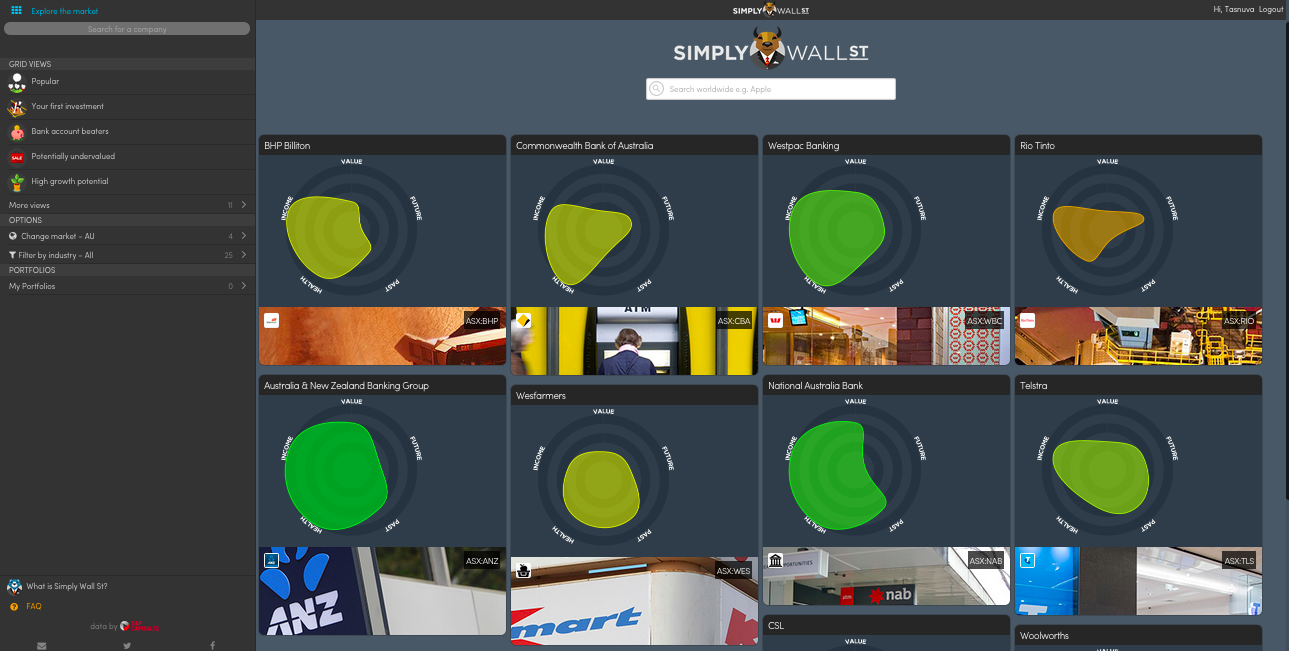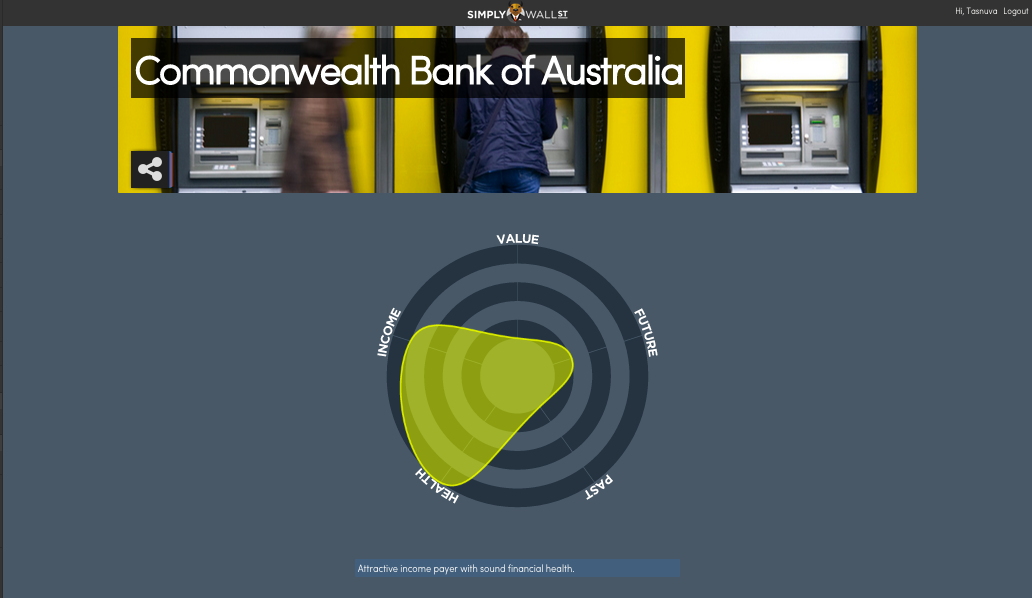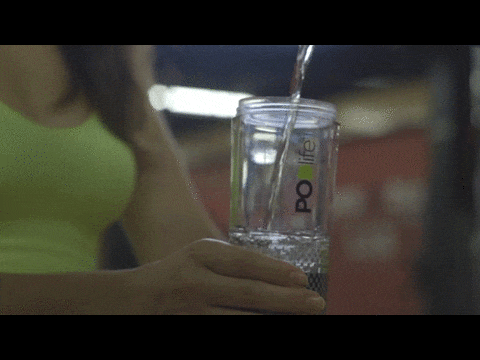![carolinewoodhouse]()
Caroline Woodhouse’s transition from office manager at a dead-end chiropractic clinic to tech entrepreneur has been rockier than anticipated. Like many non-technical founders, she decided to outsource the development of Where4Events, an event aggregation app, only to end up in a messy court battle, costing her $500,000. However, Woodhouse, based in Melbourne, is no stranger to adversity. Her personal life has also been fraught with challenges. She escaped domestic violence and now supports two children through school as a single mum. But she’s no complainer. Her story is an example of how persistence can overcome resistance.
Woodhouse, who is also a singer, came up with the idea for Where4Events - essentially, the ‘Google for Events’ - a couple of years ago. She was frustrated by the amount of information available on the internet scattered across hundreds of websites. Her startup Where4Events was built to expedite the process of finding events worth attending, as well as sourcing free tickets.
It was all well and good - Woodhouse was set to create Australia’s biggest event aggregator, there was a large market for her solution and a number of promising business models that could be executed - but the process of development didn’t quite go to plan.
The first developer Woodhouse approached wouldn’t develop the app until she was able to provide data, even though they were tasked with creating an algorithm that aggregates data. After six months of collecting data manually, the developer agreed to begin working on the app. But the app they delivered was subpar; it barely functioned at all, let alone the way Woodhouse wanted. She had to outsource product development to another developer who wasn’t any better. That’s two false starts.
Worse, Woodhouse had to take her first developer to court because they were insisting Where4Events was their idea and design. Luckily, Woodhouse had trademarked Where4Events and won that particular court battle, but it didn’t end there. Where4Events was linked to the developer’s iOS account and they wouldn’t take it down from the App Store. Woodhouse couldn’t develop another app in the same name, so she was back in court fighting for her IP.
Then Woodhouse finds out the reason they weren’t handing over the source code was because they had outsourced the development to a firm in India. Essentially, Woodhouse outsourced the development of Where4Events to a development firm that outsources development. At this point, it was unclear who actually developed the app.
“I had a product delivery agreement that said they would be developing [the app] themselves and of course, that didn't happen,” said Woodhouse.
This entire experience cost Woodhouse an eye-watering half a million dollars in lost fees, plus court costs. But she said the lessons she learned from the ordeal has been invaluable: make sure you own your IP/Source code, trademark, business and domain name; find a great IP lawyer; and use your own or register your developer’s account and put the app in your account not the developer’s.
Rather than get discouraged, Woodhouse came to the conclusion that “you can’t always trust developers”.
“Basically, don't trust what they say. Have a fabulous IP solicitor to negotiate with you and the developers on a sound product delivery agreement. Then it doesn't matter which way you go. If they don't deliver or don't give you the source code or don't put it in a GitHub repository, you actually have a legal binding contract in our country to do something about it. I didn't learn all of this until I was in the middle of the debacle,” said Woodhouse.
Thankfully, the tides turned about a year ago. Woodhouse, who is a member of Trans-Tasman Business Circle, was sitting next to Guthrie White, Managing Director of Quantum IT, at an event - a serendipitous seating arrangement. She told him of her recent experiences and he said ‘come and see me for a coffee’. She quickly realised he was from a high-end global IT company and there was no way she could afford his development team. Instead, they came to a partnership agreement. Woodhouse said she paid White a small fee compared to the actual value of the software and gave him equity in the business.
She’s content with the how the product has turned out; and finally things are going well. The app is now on track to become the largest events aggregator in Australia, offering tickets to all kinds of events including sports, live music, cinema and theatre.
The app is conceptually simple. Say you live in Melbourne and you're heading to Sydney for the weekend, you can look up what’s happening in Sydney and purchase tickets to events that interest you. Or if you’re a spontaneous person and want to find out what’s happening near you, you can press ‘near’ and the app will list the events taking place within 2 kilometres, 8 kilometres and 25 kilometres of where you’re standing. Where4Events has also just introduced ticket giveaways, from free cinema tickets to $50 Ticketmaster vouchers, that are open to all users.
Although it was only launched at the end of last year after two false starts, Where4Events has gained 20,000 monthly active users organically. It’s also generating revenue, though Woodhouse admitted it was “nothing spectacular”.
She’s negotiated with all of Australia’s major ticket sellers including Ticketmaster, Ticketek, Oztix and Hoyts, as well as small independent players in the cinema and pub scene, and she also receives data from Tourism Data Warehouse.
Although established companies and startups like Eventbrite, Ticketbooth, Thubit, Everfest, Triplify and Fiestafy can be seen as competitors to one degree or another, Woodhouse insisted Where4Events has no competitors.
“I really don't have competitors because of the data feeds I have; there isn't anybody else in the marketplace that could possibly recreate what I've done,” said Woodhouse.
“I have amazing relationships with my data providers. Maria O'Connor (Ticketmaster) is one of my closest mentors and she has been assisting me from day one. She has assured me that we will make Where4Events bigger and better overseas as well. So I think having this relationship with my data providers is the key thing.”
Woodhouse said Where4Events has generated a lot of corporate interest from airlines to media companies looking to utilise the data she's been able obtain.
“They’ve tried to get the data through other ways but they couldn’t do it. But it’s a matter of picking the right company to help us grow,” said Woodhouse.
“I’m not here for the financial gain. I’m more interested in getting the product right for our users. That’s why I started Where4Events in the first place.”
That said, Woodhouse doesn’t deny the importance of having a sustainable business model. After all, Where4Events is a business and would struggle to operate without revenue.
“I think if your passion is there and the product is right, the money follows,” Woodhouse said.
At the moment, Where4Events operates on a clip-of-the-ticket model. The app doesn’t sell tickets directly, instead directing the user to the ticket provider and taking a percentage of each transaction. Where4Events also generates revenue through advertising; and Woodhouse is entertaining the prospect of white labelling data feeds to big corporations.
Although she wasn’t able to provide details, Woodhouse did admit her app caught the attention of Google, though she turned the company down due to “wrong timing”. She denied it being an investment or acquisition offer, saying it was more Google wanting to find out how Where4Events does what it does.
Woodhouse has also been able to bring together a strong advisory board including former Victorian Premier Jeff Kennett, former Melbourne Storm CEO Ron Gauci, Fairfax Events Managing Director and former Tourism Australia Managing Director Andrew McEvoy, Ticketmaster Australasia Managing Director Maria O’Connor, and ANZ NSW chairman Warwick Smith.
She admitted that joining LinkedIn was the catalyst to forming valuable relationships with CEOs, finding the right mentors and unlocking opportunities. Through emails and phone calls, Woodhouse was only able to reach marketing managers who weren’t interested in helping. From this, she learned founders have to be fearless and approach companies at the highest level. She also pointed out that face-to-face networking is the critical next step to connecting online.
However, when it came to face-to-face meetings, sometimes a male mentor or adviser would have to tag along for Woodhouse to be taken seriously.
“I think a lot of people look at you and go ‘Oh you’re a female tech entrepreneur, we’ll see if you survive’,” said Woodhouse.
Although sexism in tech is a perpetual headline-maker in Australia and overseas, Woodhouse hasn’t experienced much of it first hand.
“I don’t really know why people fly that flag … if you have a great product, people will want to speak to you whether you’re male or female,” she said.
It was a turbulent start, but Woodhouse isn’t fazed by challenges. In fact, she attributes her resilience to being a single mum.
“It's just been myself and the kids for 15 years or so, so we've all learnt to keep going and persevere … There are no problems in life. We just need find solutions for them,” said Woodhouse.
“Without these mistakes I would never have learnt how to become successful. I have blind perseverance; giving up is not an option. I am adaptable in any situation and I am always looking for solutions rather than see problems, always have plan B, C, D.
“The karma train is finally helping me.”

 yumit.io[/caption]
As well as getting kids to eat, the accompanying mobile app for parents allows them to upload the food their child ate, helping them track their child’s nutrition.
The development of Yumit posed a significant question for the Wunderman team: how were they, a group of advertisers who had developed and launched a few smartphone apps, going to create a hardware product?
“We therefore had to create a new team including new profiles, involve a technologist and an industrial designer, as well as to design their roles, dynamics and working methodologies which had to be totally collaborative. We are confident that our greatest challenge is yet to come, but we fully support and trust that Yumit is the solution we were looking for,” Arias said.
The system was developed through testing with parents and children, with extensive research done to see what makes a popular children’s product.
Now, before you say that smartphones and tablets shouldn’t be used at the table, the team was in fact careful to create a product that would not disrupt a meal. Data from the meal is synced to devices, to be used after eating.
“Yumit adds a layer of interactivity to a universal ritual, old as humanity itself, and it does it in a noninvasive way, as it integrates well to the existing elements which are part of the family tables worldwide. We even decided that it should not involve too much visible technology since this would interrupt the normal development process of sitting at a table to eat and would deviate the children’s attention,” Arias said.
Wunderman is looking for ways to collaborate with other brands that operate in the same space; Arias said the startup is happy to open its API to companies that want to use the platform and the data it captures to enhance the experience of their games, as Wunderman is not developing the games itself.
Arias said Wunderman isn’t looking to rush to market; they are currently considering going down the crowdfunding route.
“In the short term we would like to close some kind of agreement with an incubator or accelerator to validate and fully develop our solution. At the same time, we hope that they would lead us across the path that will make Yumit a complete, successful, and profitable product.”
yumit.io[/caption]
As well as getting kids to eat, the accompanying mobile app for parents allows them to upload the food their child ate, helping them track their child’s nutrition.
The development of Yumit posed a significant question for the Wunderman team: how were they, a group of advertisers who had developed and launched a few smartphone apps, going to create a hardware product?
“We therefore had to create a new team including new profiles, involve a technologist and an industrial designer, as well as to design their roles, dynamics and working methodologies which had to be totally collaborative. We are confident that our greatest challenge is yet to come, but we fully support and trust that Yumit is the solution we were looking for,” Arias said.
The system was developed through testing with parents and children, with extensive research done to see what makes a popular children’s product.
Now, before you say that smartphones and tablets shouldn’t be used at the table, the team was in fact careful to create a product that would not disrupt a meal. Data from the meal is synced to devices, to be used after eating.
“Yumit adds a layer of interactivity to a universal ritual, old as humanity itself, and it does it in a noninvasive way, as it integrates well to the existing elements which are part of the family tables worldwide. We even decided that it should not involve too much visible technology since this would interrupt the normal development process of sitting at a table to eat and would deviate the children’s attention,” Arias said.
Wunderman is looking for ways to collaborate with other brands that operate in the same space; Arias said the startup is happy to open its API to companies that want to use the platform and the data it captures to enhance the experience of their games, as Wunderman is not developing the games itself.
Arias said Wunderman isn’t looking to rush to market; they are currently considering going down the crowdfunding route.
“In the short term we would like to close some kind of agreement with an incubator or accelerator to validate and fully develop our solution. At the same time, we hope that they would lead us across the path that will make Yumit a complete, successful, and profitable product.”
























